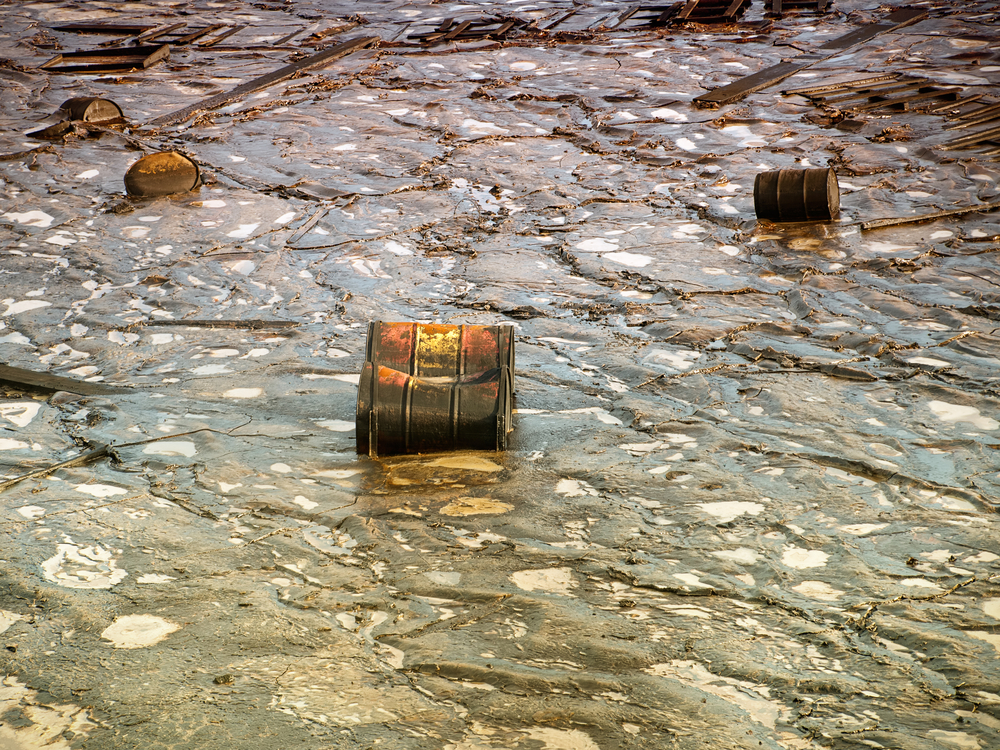
Man made disasters are a depressingly common event and it takes no more than a Google search to realise that unregulated industrial activity can have a devastating impact on human health and the environment. This week, we take a look at three prominent soil contamination disasters that could have been avoided with proper site management.
Mapua, New Zealand
In 1931, the Mapua Fruit Growers Chemical Plant began producing pesticides, herbicides, insecticides and fungicides. Historically cavalier attitudes towards chemical waste management and production over the lifespan of the plant between 1931 and 1988 meant that there were numerous chemical spills and improper waste disposal practices which contaminated the ground soil, making the site one of the most polluted in New Zealand. Remediation began in 2001 and was completed in 2007 with a final cost of $12 million NZD.
Exide lead contamination
In 2015 the Exide Technologies battery plant located in downtown Los Angeles announced that it would close after decades of emitting lead, arsenic, and other pollutants into the surrounding community. The plant, which has been operated by different companies since 1922 is a lead acid battery smelter that melts down car batteries to extract the lead. This process produces a number of toxic by-products, which if improperly managed, are released into the air and soil. It is estimated that around 10,000 homes in six communities have been contaminated with toxic lead. The health effects, clean-up costs, and remediation timeframe are all still unclear. It is estimated that it will cost around $40,000 to clean up each house and around a week to complete, but there is a lot of mistrust in the community towards government authorities, and many families are resistant to having their soil tested.
Love Canal
In the 1940s, the Hooker Chemical Company was looking for a suitable site to dump their chemical waste. They were given permission to dump chemicals into Love Canal, a partially finished shipping channel abandoned in the 1890s. The company eventually bought the site, drained it of water and lined it with thick clay before burying barrels containing 21,000 tons of toxic waste before it sold the site to the School Board in 1953. The city then began to develop the site for residential and educational purposes, damaging the containment structures and allowing the toxic chemicals to seep out. The devastating health effects included cancer, leukaemia, chromosomal damage, birth defects, skin irritation stunted growth, learning problems, seizures, and a high rate of miscarriages. 800 families had to be evacuated and remediation efforts are ongoing.
Alpha Environmental offer contaminated soil assessment services for Melbourne commercial sites. To learn more about our capabilities, please don’t hesitate to get in touch with us by calling 9415 8002.




